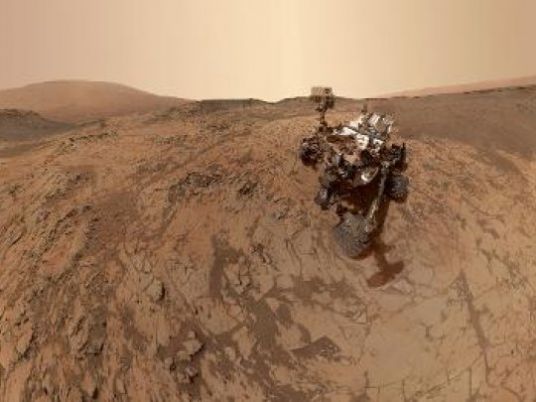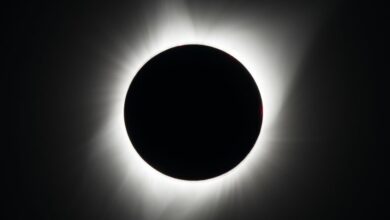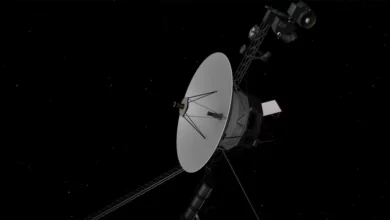
NASA's Curiosity rover has found nitrogen on the surface of Mars, a significant discovery that adds to evidence the Red Planet could once have sustained life, the space agency said.
By drilling into Martian rocks, Curiosity found evidence of nitrates, compounds containing nitrogen that can be used by living organisms.
The Curiosity team has already found evidence that other ingredients needed for life, such as liquid water and organic matter, once existed at the site known as Gale Crater.
"Finding a biochemically accessible form of nitrogen is more support for the ancient Martian environment at Gale Crater being habitable," Jennifer Stern of NASA's Goddard Space Flight Center in Greenbelt, Maryland said in a statement Tuesday.
Nitrogen is essential for all known forms of life, because it's a building block of DNA and RNA.
However, "there is no evidence to suggest that the fixed nitrogen molecules found by the team were created by life," NASA cautioned.
"The surface of Mars is inhospitable for known forms of life."
The research team suggested that instead, the nitrates are ancient and likely came from meteorite impacts, lightning and other non-biological processes.
On Earth and Mars, nitrogen is found in the form of nitrogen dioxide gas — two atoms locked together so tightly that they do not react easily with other molecules.
The nitrogen atoms must be separated or "fixed" so they can participate in the chemical reactions needed for life.
"On Earth, certain organisms are capable of fixing atmospheric nitrogen and this process is critical for metabolic activity," NASA said.
"However, smaller amounts of nitrogen are also fixed by energetic events like lightning strikes."
Curiosity is currently at the foot of Mount Sharp, an 18,000-foot (5,500-meter) mountain formed by sedimentary layers.
In December, the robot detected regular methane emissions near the Martian surface, but its source is unknown.
Scientists do not expect Curiosity to find aliens or living creatures on Mars, but they hope to use it to analyze soil and rocks for signs the key elements to life are present and may have supported life in the past.
The US$2.5 billion Curiosity rover also aims to study the Martian environment to prepare for a possible human mission there in the coming years.
US President Barack Obama has vowed to send humans to the planet by 2030.




